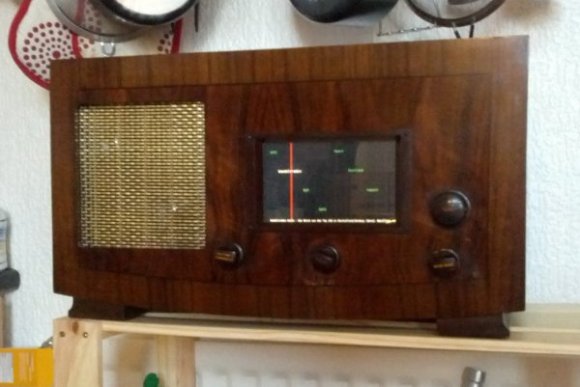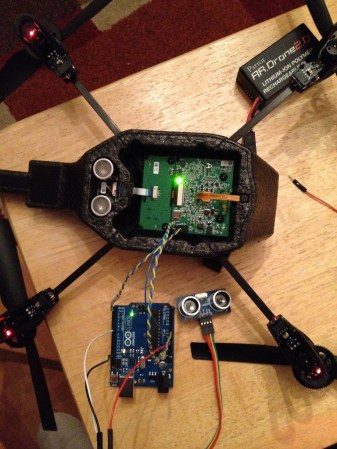
This arm cuff is a sensor package which logs data whenever you’re wearing it. It records accelerometer data, skin temperature, and galvanic skin response. That data can then be analyzed to arrive at figures like calories burned. But… The company behind the device seems to have included a way to keep the cash flowing. Once you buy it you can read the data off of the device using a Java program they supply. But you can’t erase the data from the device unless you subscribe to their online service. Once it fills up, it’s useless. [Doug] wasn’t happy with this gotcha, so he reverse engineered the technique used to clear the BodyBugg’s memory.
There had been a few previous attempts at reverse engineering the device but that groundwork didn’t really help [Doug] on his quest. He ended up disassembling the Java classes from the original program. This helped him figure out how to initialize communications. Once there he was happy to find that the device will tell you how to use it. If you issue an invalid command it will respond with a list of all valid commands. Everything you need to get up and running can be found in his github repo.


 [Ronen K.] wrote in to tell us about
[Ronen K.] wrote in to tell us about 













